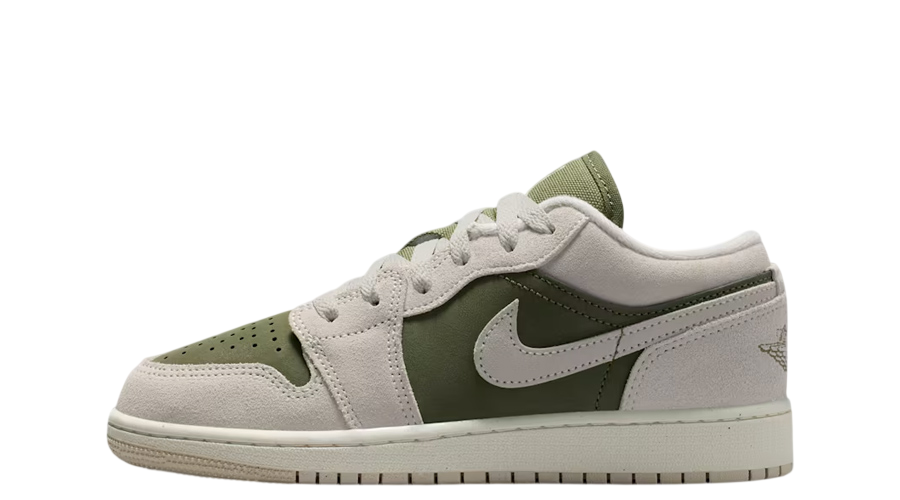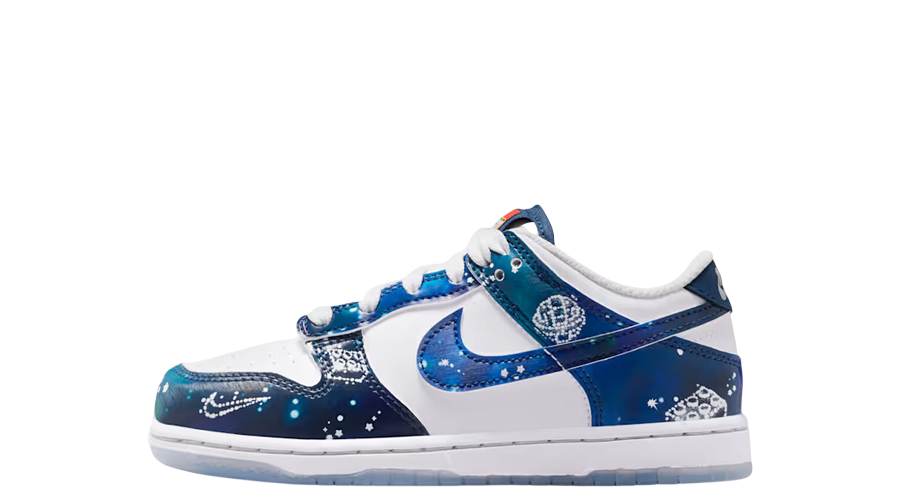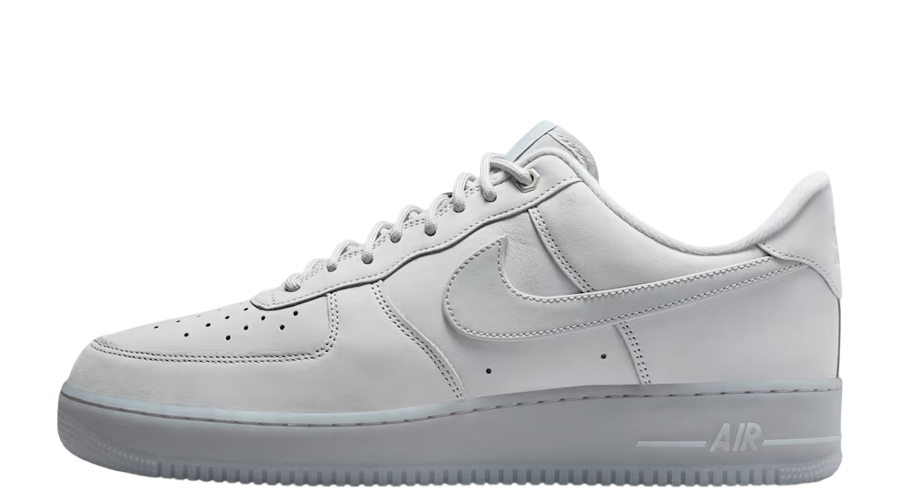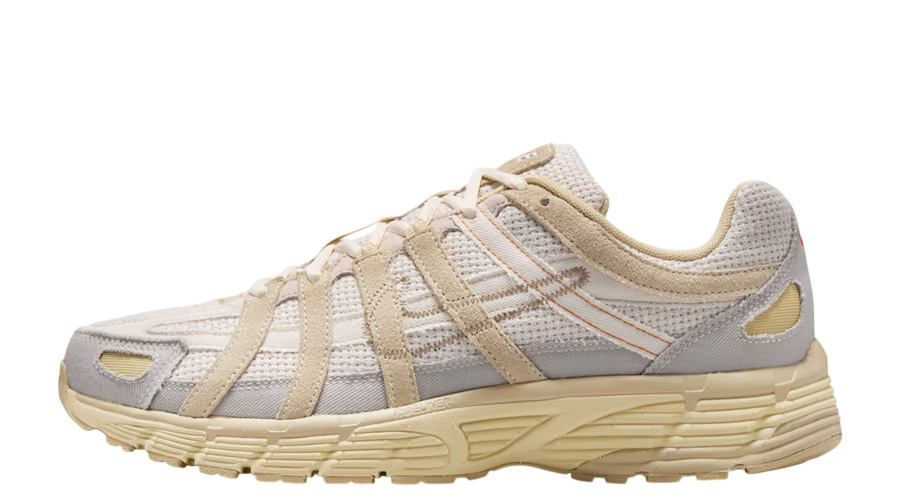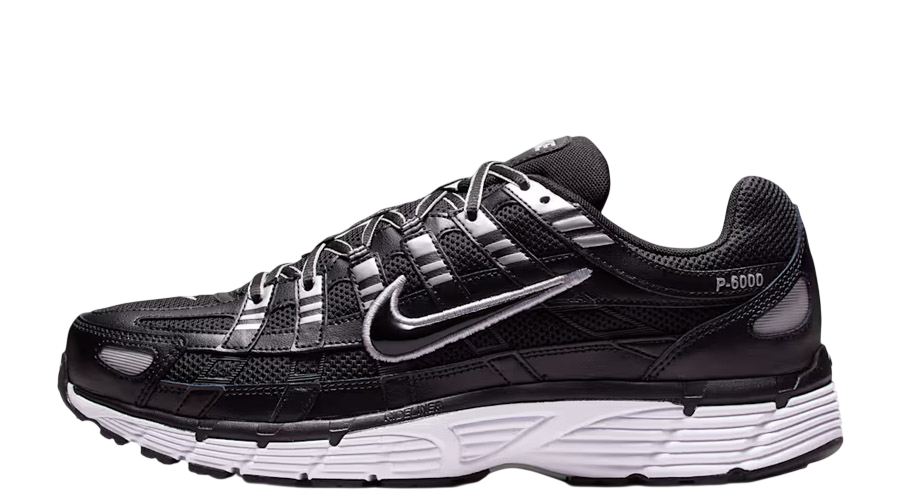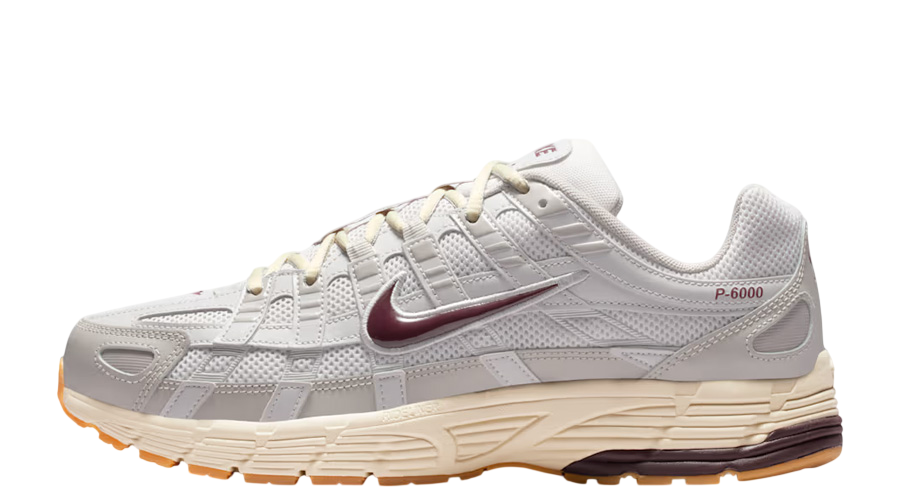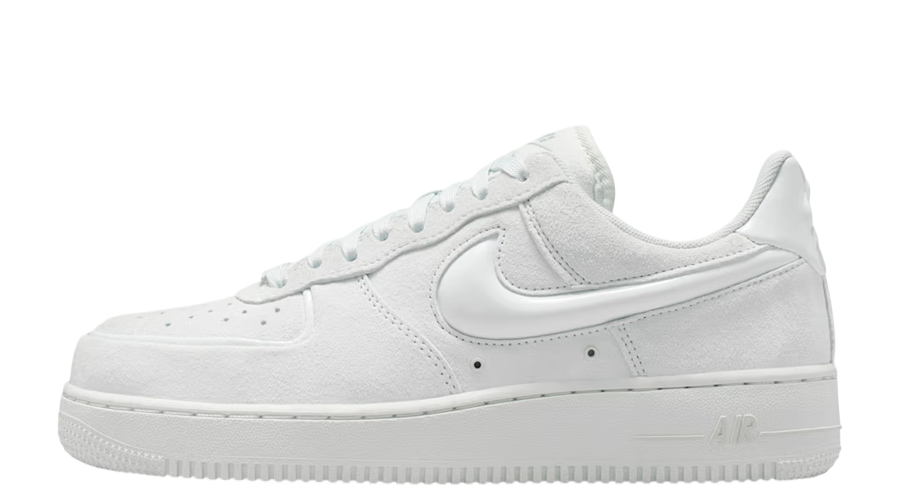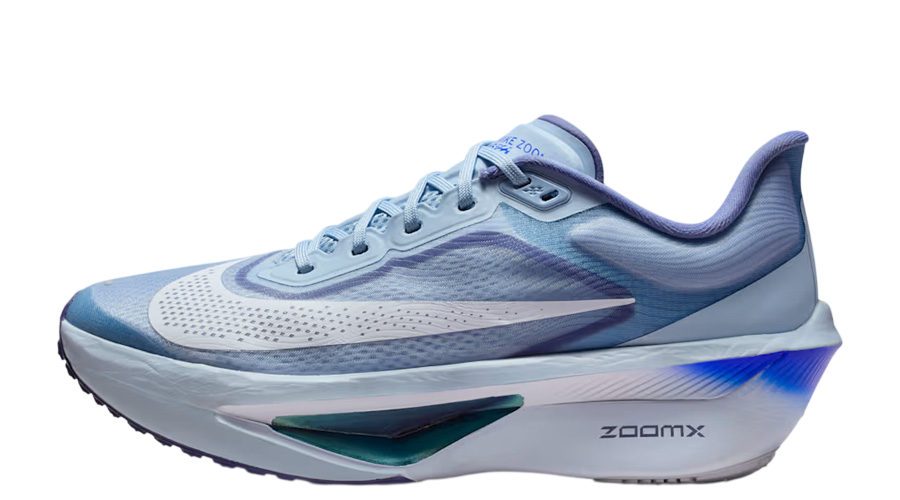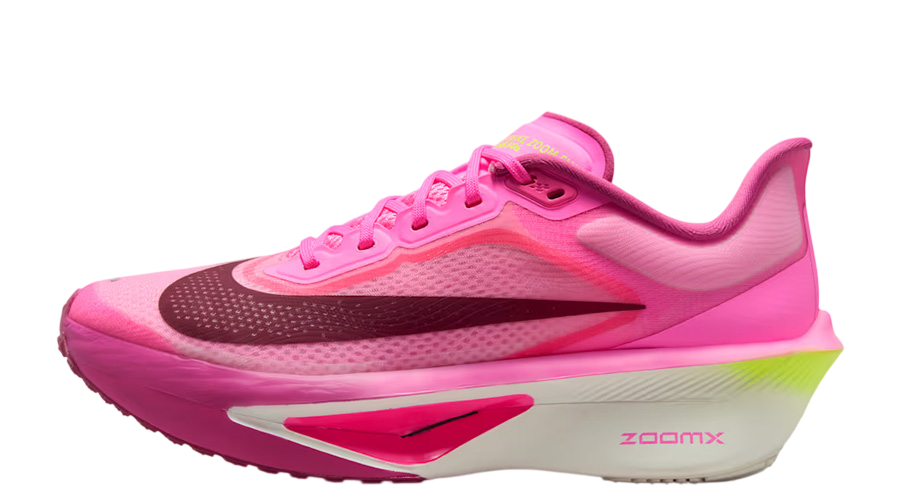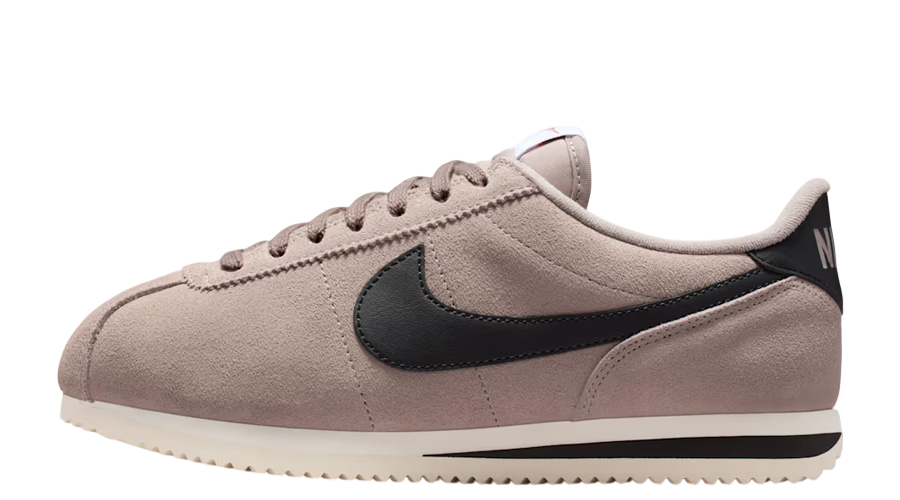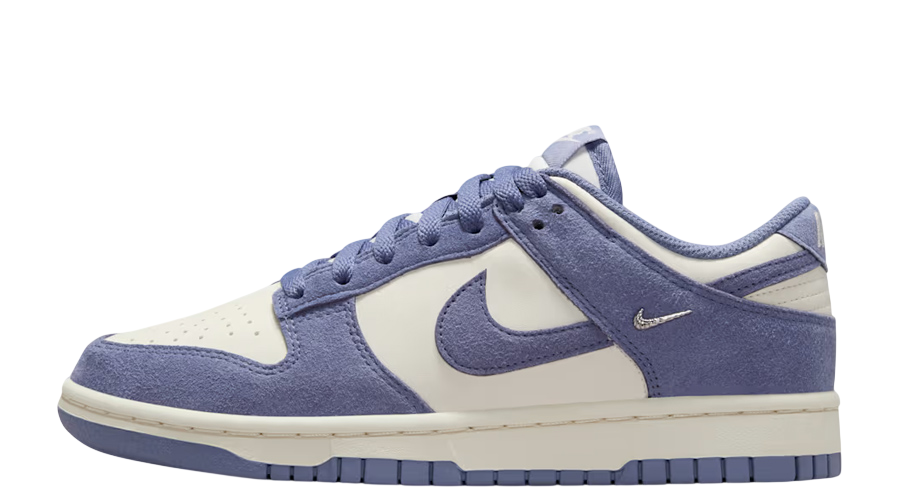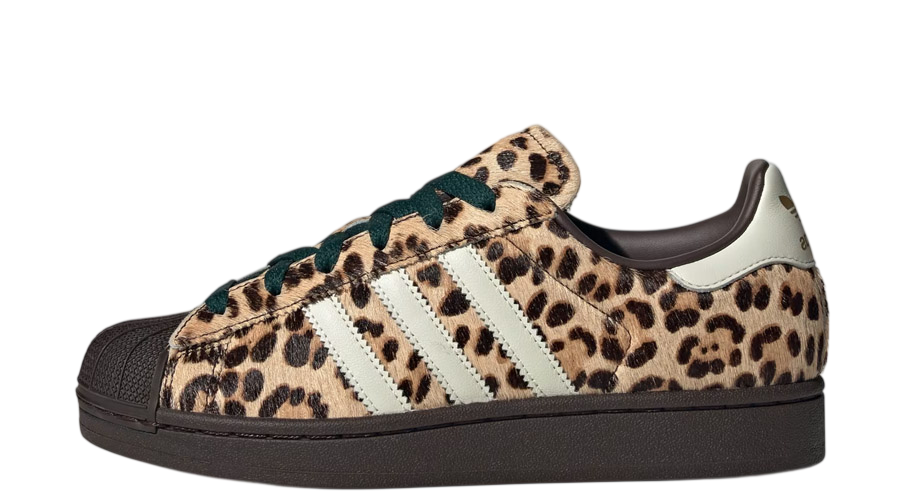Are New Balance Vegan-Friendly & do they use Vegan leather?
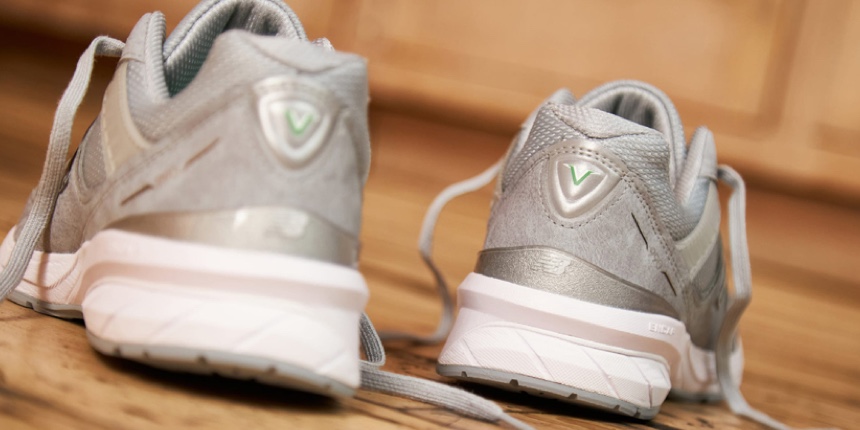
As veganism continues to gain traction globally, the demand for ethical and sustainable products is reshaping industries, particularly in the sneaker game. New Balance, which is currently one of the most popular sportswear companies, is under the spotlight as consumers increasingly seek transparency about the materials used in its trainers.
After exploring whether or not ASICS is a vegan-friendly brand, we’re now doing the same for New Balance. Not only will we be checking out whether it uses leather, but we’ll also discuss its cruelty-free practices and so much more. So, let’s get to it!
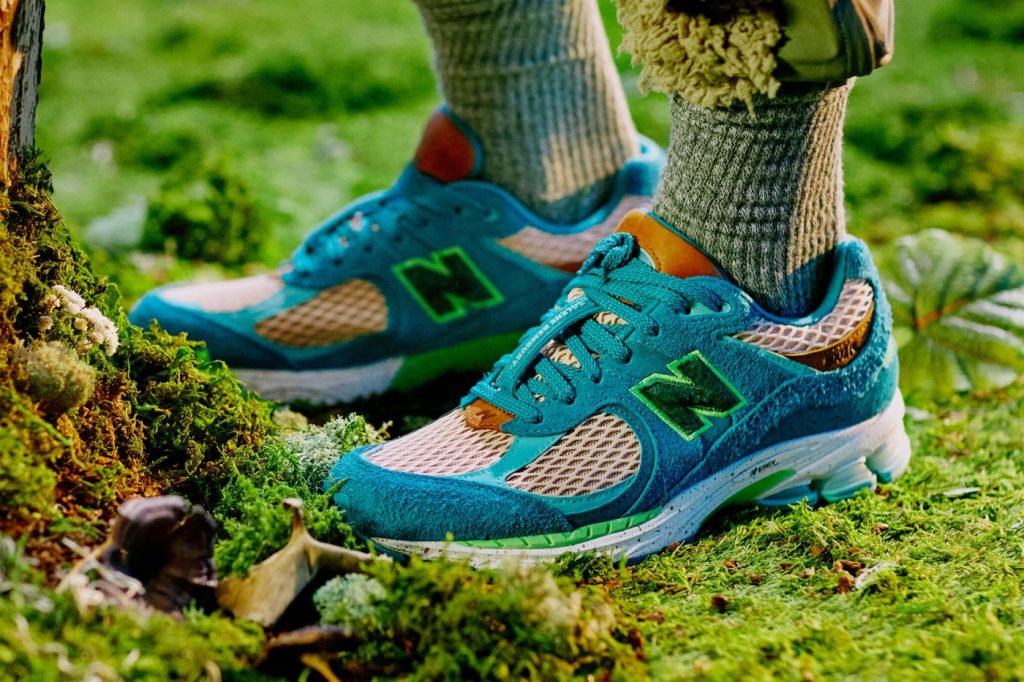
Does New Balance Use Leather in its Sneakers?
New Balance is well-known for its top-notch trainers, crafted from various leathers that boost both performance and durability. You’ll find cowhide and pigskin leathers across many designs; cowhide for its tough quality, perfect for daily wear and sports, and pigskin for its soft, breathable nature, often featured in more luxurious models.
Responding to ethical shifts and consumer demands, the Boston sportswear company has now updated its material sourcing, moving away from kangaroo leather to embrace more sustainable practices. This change highlights their commitment to environmental responsibility and ethical sourcing.
Does New Balance Have Vegan-Friendly Sneakers?
Over the past couple of years, New Balance has embraced the growing demand for vegan-friendly products by offering a range of sneakers that are completely free from animal-derived materials. This shift towards vegan options is not solely in response to the vegan community but also caters to consumers looking for more sustainable and ethically produced footwear. The brand recognises the environmental impacts of traditional leather production, such as high water usage and greenhouse gas emissions, and sees the development of vegan shoes as a step towards more sustainable manufacturing practices.
In addition to environmental concerns, New Balance’s vegan range is part of a broader strategy to appeal to a diverse customer base who value ethical considerations in their purchasing decisions. This inclusivity allows the brand to stay competitive and relevant in a market where consumers are increasingly making choices that reflect their personal values and lifestyles.
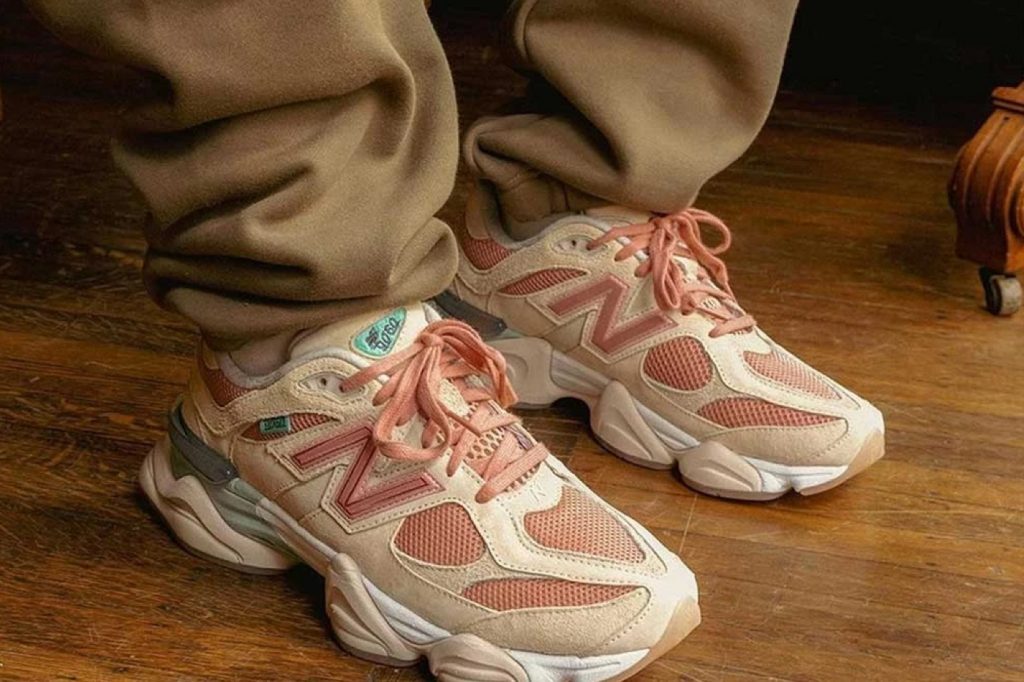
How Do You Find Out if New Balance Sneakers Are Vegan?
Identifying vegan New Balance shoes is straightforward thanks to clear labeling and information provided by the brand. New Balance vegan shoes are typically marked with specific codes on their tags, indicating that no animal materials have been used. You can look for labels such as “Synthetic Upper” or “All-Man-Made Materials” on the inside of the shoe tongue or along the side of the shoe box.
However, it’s important to note, according to New Balance’s own guidelines, that different types of glues are used in the manufacturing process. Some of these glues may contain animal products. Therefore, even if a shoe is crafted from synthetic leather, the presence of animal-derived glue can mean it’s not fully vegan.
Are Vegan Sneakers Environmentally Friendly?
Vegan shoes are often touted as a more sustainable option compared to traditional leather footwear. Leather production is resource-intensive, involving significant water use, chemical tanning processes, and contributing to deforestation in some cases. In contrast, vegan shoes eliminate the need for animal hides, potentially reducing the environmental footprint associated with their production.
However, the environmental friendliness of vegan shoes largely depends on the materials used. Synthetic alternatives, while animal-free, can involve petroleum-based inputs and may not be biodegradable, leading to other environmental issues such as increased plastic waste. Plant-based materials, such as hemp, cork, and recycled polyester, offer more sustainable alternatives and are increasingly being utilised in vegan footwear.
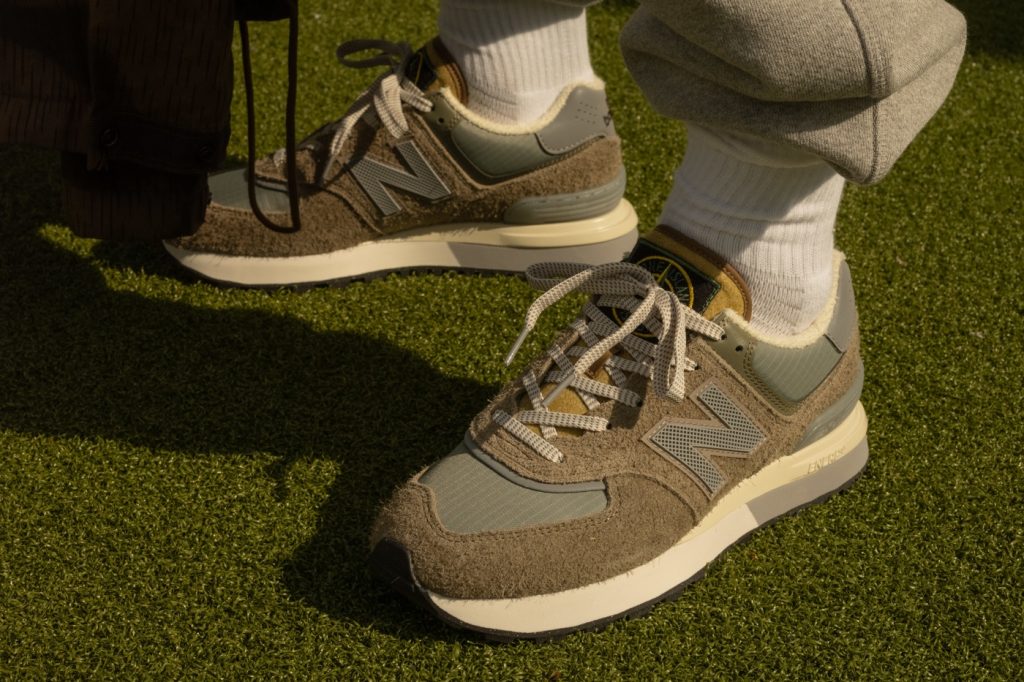
Are Vegan Sneakers More Expensive?
Generally speaking, vegan New Balance shoes are priced similarly to their non-vegan counterparts, with the cost depending more on the specific model and the technology used rather than the materials. While some premium vegan shoes from other brands may carry a higher price tag due to advanced materials and technologies needed to match leather’s durability and aesthetic, New Balance maintains a consistent pricing strategy.
As the demand for vegan products increases and production techniques continue to improve, it’s expected that the prices of vegan shoes will become more competitive. This affordability is facilitated by economies of scale and advancements in material sourcing, making vegan options more accessible over time.
The Bottom Line
New Balance’s inclusion of vegan options reflects a strategic response to the increasing consumer interest in sustainability and ethics in fashion. The company offers several popular models like the 574 and Fresh Foam Roav in vegan formats, ensuring that customers do not have to compromise on quality or performance when choosing ethical footwear.
While vegan trainers provide a valuable alternative to traditional animal-based materials, they are comparable in terms of durability and comfort, depending on the construction and materials used. Investing in vegan shoes is not only a lifestyle choice but also a step towards supporting environmentally conscious practices in the industry. For those prioritising ethical consumption, New Balance’s vegan footwear is certainly worth considering.
Frequently Asked Questions
What makes a New Balance sneaker vegan?
A New Balance sneakers is considered vegan if it contains no animal-derived materials, including leather, suede, or animal-based glues and dyes.
Does New Balance offer vegan versions of all its silhouettes?
Not all New Balance models have vegan versions, but the selection is growing. Check their website for the most current offerings.
Where can I buy vegan New Balance sneakers?
Vegan New Balance shoes are available on their official website, in New Balance stores, and through various authorised retailers.
